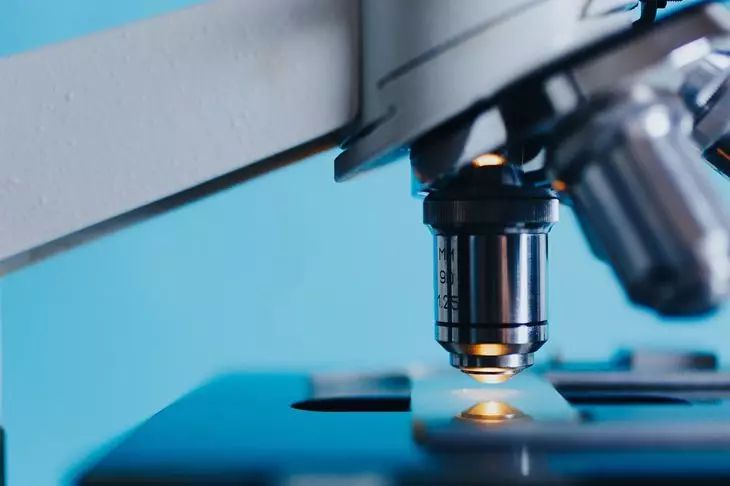New Way to Make Nuclear Clock Revealed
Scientists from the Chinese Academy of Engineering Physics in Beijing have found a new way to create a nuclear clock.
They found that laser light could excite the nuclei of a special isotope, thorium-229, which has almost no electrons.
A new discovery published in the journal Physical Review Letters could help make atomic clocks more accurate.
For the experiment, the scientists used powerful lasers. They were able to excite about 10% of the thorium-229 nuclei in one laser pulse.
When the excited nuclei fall into a lower state, they emit laser-like light for 0.01 seconds.

The key point of the study is how the magnetic field of the remaining electron interacts with the thorium nucleus. This interaction helps to excite the nuclei efficiently and shorten the transition time.
Scientists say their discovery could make it possible to create highly accurate devices, including nuclear clocks.
The new research could have implications for other areas of science.
